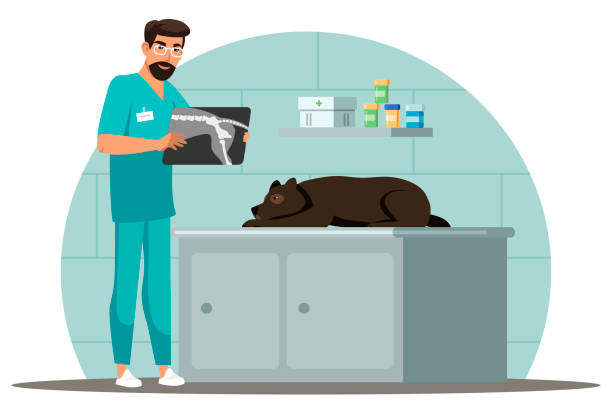The ALARA Principle - Protecting Veterinary Staff

Share
Like in an profession, ensuring the safety and well-being of staff is paramount in veterinary medicine. One guiding principle that plays a crucial role in this aspect is ALARA, which stands for "As Low As Reasonably Achievable." This principle, rooted in radiation safety, is a cornerstone in various fields, including veterinary practice, where exposure to radiation is common during procedures like X-rays and diagnostic imaging.
The ALARA principle advocates for minimizing radiation exposure to the lowest possible level that still allows for effective diagnosis or treatment. Veterinary professionals must understand and adhere to this principle to safeguard the health of both animals and themselves.
So, how does the ALARA principle affect veterinary professionals?
-
Safe Practices During Diagnostic Imaging: Veterinary professionals frequently utilize diagnostic imaging techniques such as X-rays, CT scans, and fluoroscopy to diagnose various health conditions in animals. Adhering to ALARA means employing appropriate safety measures, such as lead aprons, thyroid shields, dosimetry badges, and positioning aids, to minimize radiation exposure while obtaining necessary diagnostic information.
-
Proper Equipment Maintenance and Calibration: Regular maintenance, calibration, and quality assurance of imaging equipment are essential aspects of ALARA. Ensuring that equipment operates optimally not only enhances diagnostic accuracy but also minimizes the need for repeat exposures, thereby reducing overall radiation exposure levels.
-
Education and Training: Veterinary professionals must receive comprehensive training on radiation safety protocols and techniques. This includes understanding proper positioning of animals during imaging procedures, optimizing exposure settings, and implementing dose-reduction strategies without compromising diagnostic quality.
-
Risk-Benefit Assessment: Practitioners must conduct a thorough risk-benefit analysis before performing any imaging procedure involving radiation. This involves considering factors such as the clinical necessity of the procedure, alternative diagnostic options, and the potential risks associated with radiation exposure to the animal and personnel.
-
Recordkeeping and Monitoring: Maintaining detailed records of imaging procedures, including exposure settings, patient information, and personnel involved, facilitates ongoing monitoring and evaluation of radiation doses. This allows veterinary practices to identify areas for improvement and ensure compliance with ALARA principles.
In essence, the ALARA principle serves as a guiding concept for veterinary professionals, emphasizing the importance of diligence, education, and proactive measures to minimize radiation exposure while optimizing patient care. By incorporating ALARA into daily practice, veterinarians and their teams uphold their commitment to providing safe, effective, and compassionate care to animal patients, all while safeguarding their own well-being.
